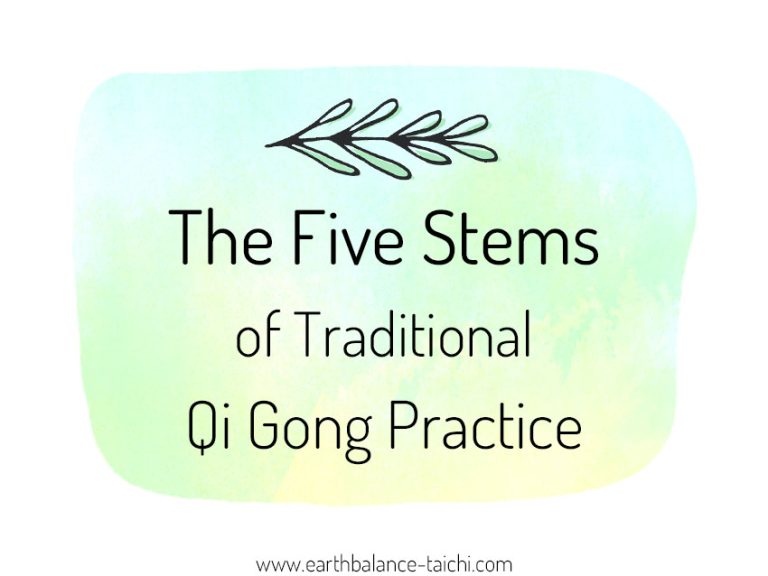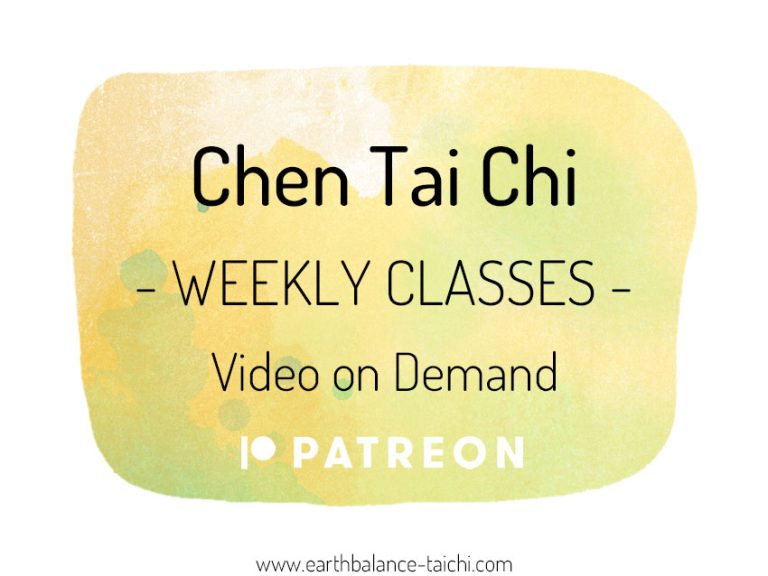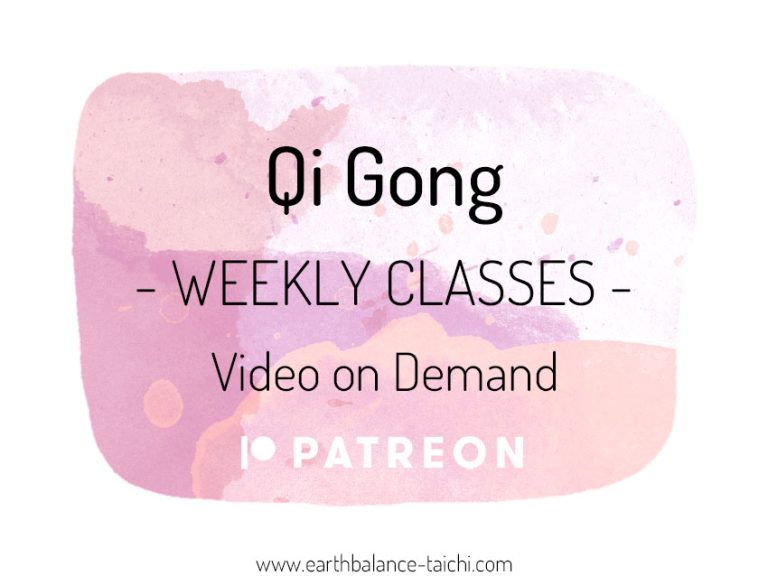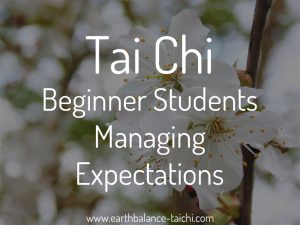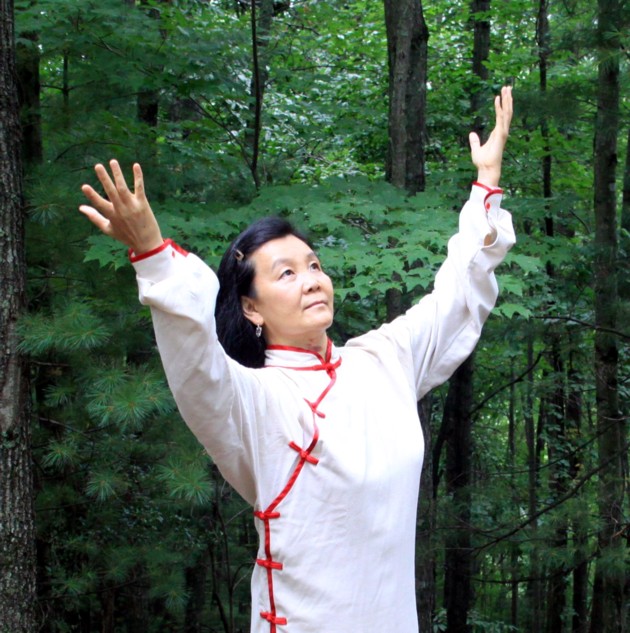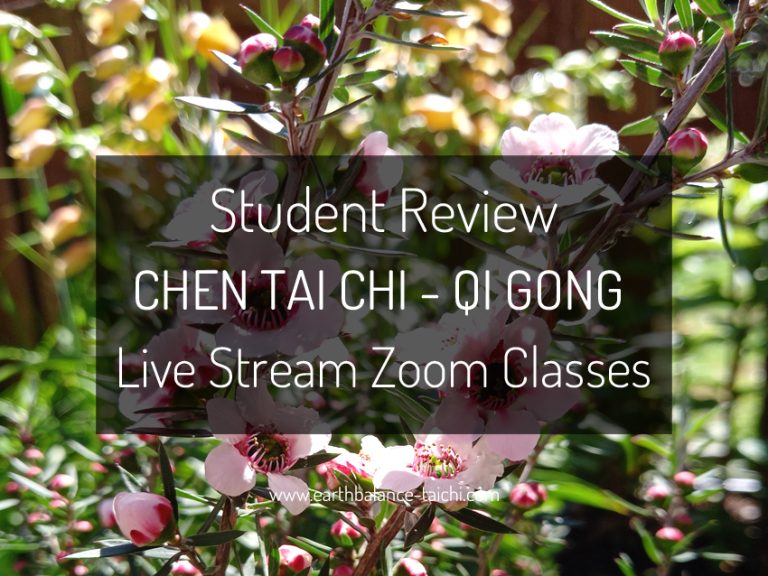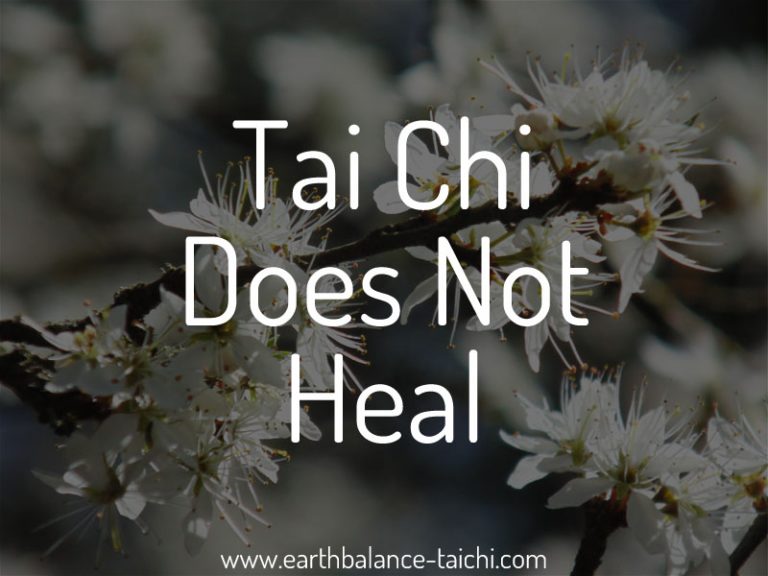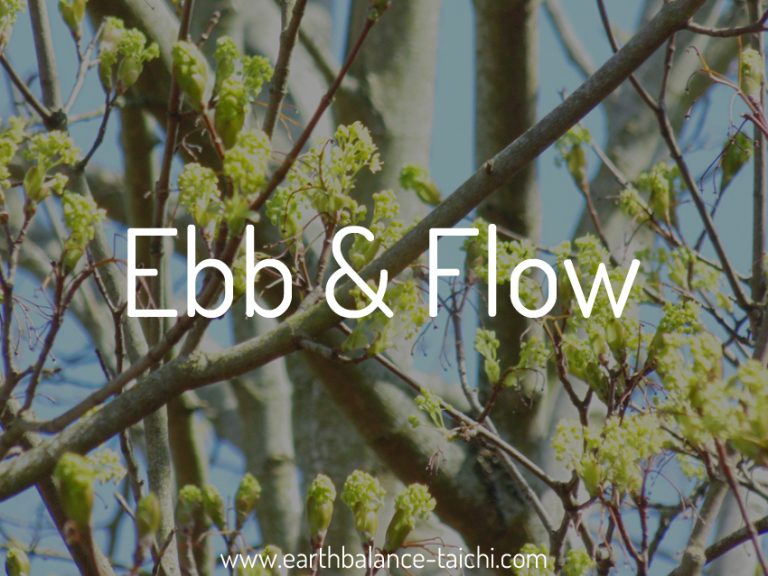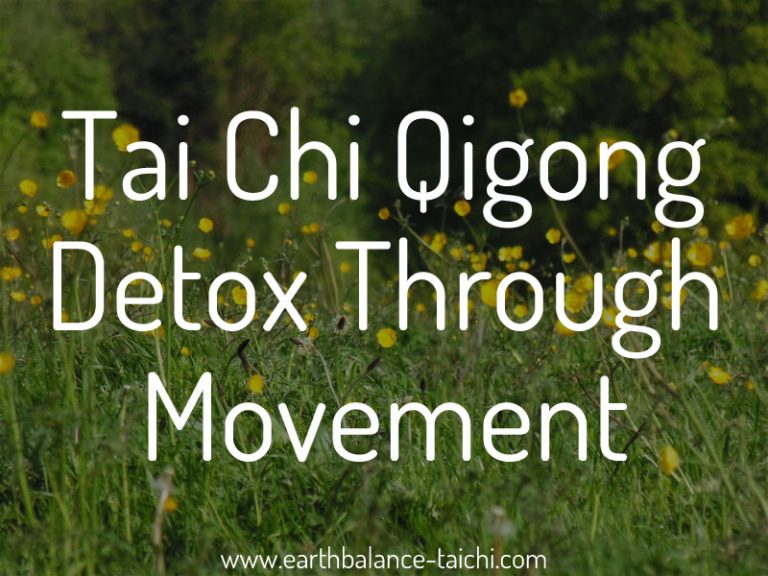Tai Chi vs Qigong
Byadmin
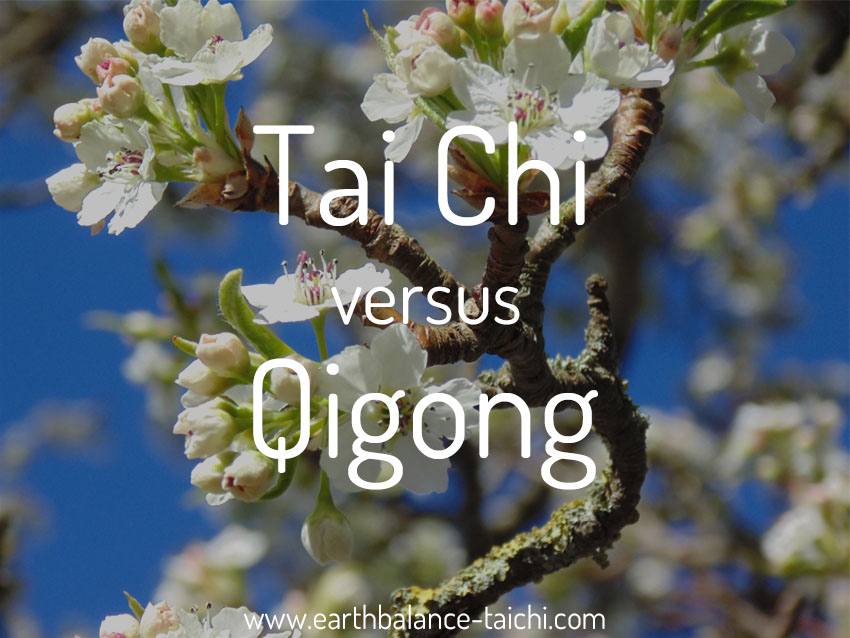
Tai Chi vs Qigong
When starting out as a beginner student, which practice is best to start with? Tai Chi vs Qigong. Find out the low down on each practice here. My suggestion is to give both a good try, over about six weeks each, and then practice the one you fall in love with. For some of you it will be Tai Chi, others Qigong, and a few of you will love both, like me!
- Younger practice, circa 400 years old
- Older practice, circa 3-5000 years old
- A martial form of Qigong
- The mother of Tai Chi
- Performed standing up, stepping, and moving around in multiple directions
- Performed standing up, stepping, moving around, seated, lying down, and floor work
- Harder to learn - steep learning curve
- Easier to learn *initially - milder learning curve
- Takes a long time to learn - hard to dip in and out of
- Takes less time to learn - can dip in and out of
- Can be demanding on cognitive memory
- Less demanding on cognitive memory
- Form = choreographed sequence of right handed movements
- Routine: Repetitive movements on both sides of the body
- Drills = repetitive movements on both sides of the body
- Drills: n/a
- Lesser range of motion - maintaining a neutral posture throughout
- Greater range of motion - returning to a neutral posture between movements
- Focus on martial art
- Focus on health and wellbeing
- Needs space to practice
- Do not need a large space to practice
- Can progress from the empty hand form to weapons e.g. sword, sabre, spear, staff, fans
- No weapons used, some routines use staffs and other props.
- Partner work e.g. push hands
- No partner work
Tai Chi Qigong - Cross Over
- The core principles are the same - practised in both stillness and movement
- Moving slowly, breathing deeply, body awareness, and a well aligned structure
- Both life long practices
- Suitable for any age
- Supporting general health and wellbeing
- Advocating preventative health
- Can practice to your own health baseline , fitness level, or physical ability
- Can be simplified and adapted for seated practice - focusing on the waist and arm movements - removing the steps and changes in direction
- Low impact movements
- Improves posture
- Strengthens, stabilises, nourishes the joints
- Improves soft tissue health
- Strengthens the muscles without impact
- Can be demanding on the body to perform
- Improves mobility, range of motion, range of extension, pliability and flexibility
- Improves breathing / lung capacity and ability
- Helps develop coordination, balance and stability
- Great for fall prevention
- Improves body awareness and proprioception
- Can be used as injury recovery exercises
- Effective exercises for supporting chronic illness, chronic pain and chronic fatigue
- Supports mental health, reducing symptoms of stress, anxiety & depression
- Calms the mind, becoming more centred, grounded and at ease
- State shifting: activating the relaxation response
- Supports organ and body systems to function better e.g. immune, hormone, digestive, circulation
The Five Stems Video Course
Interested to know more about Qigong? Learn about the five stems of traditional learning here. Join my FREE five day mini video course available to newsletter subscribers via this link.
